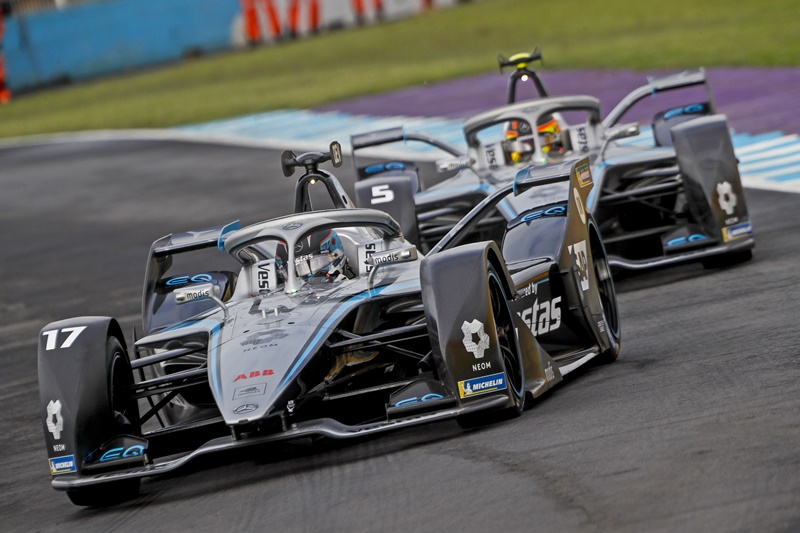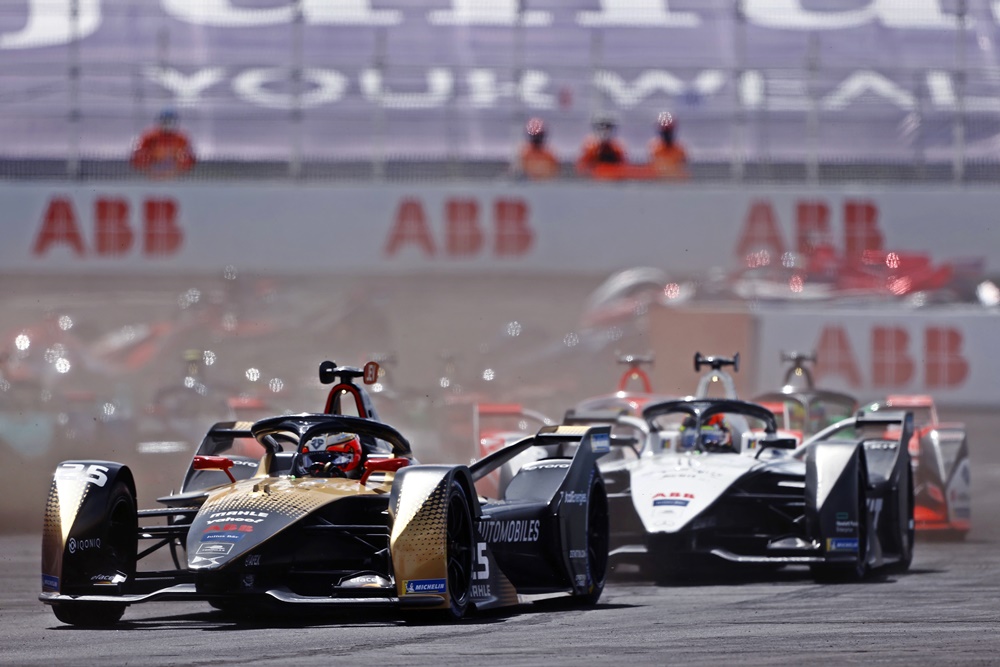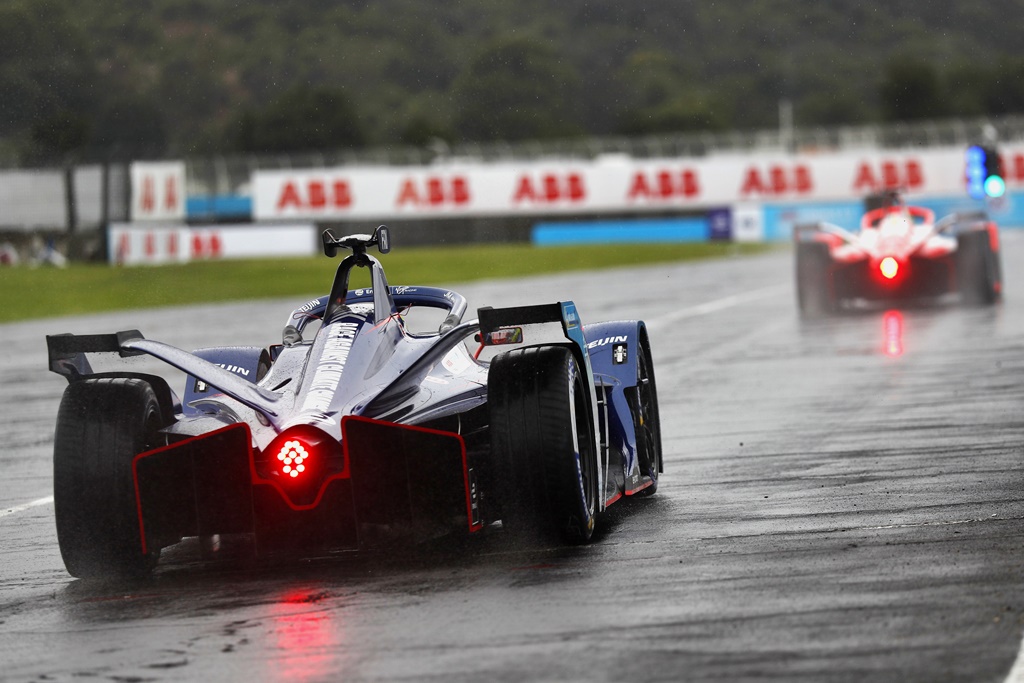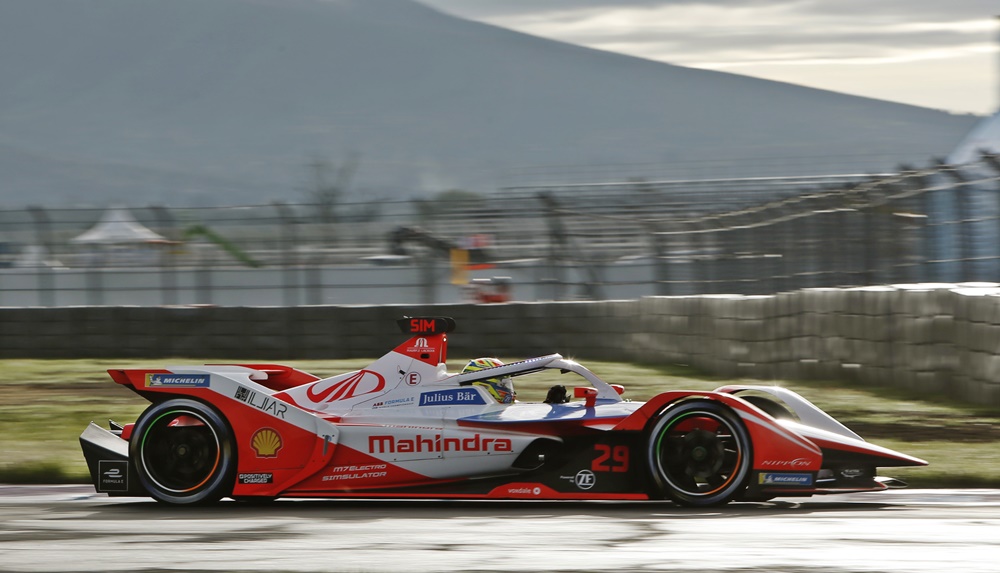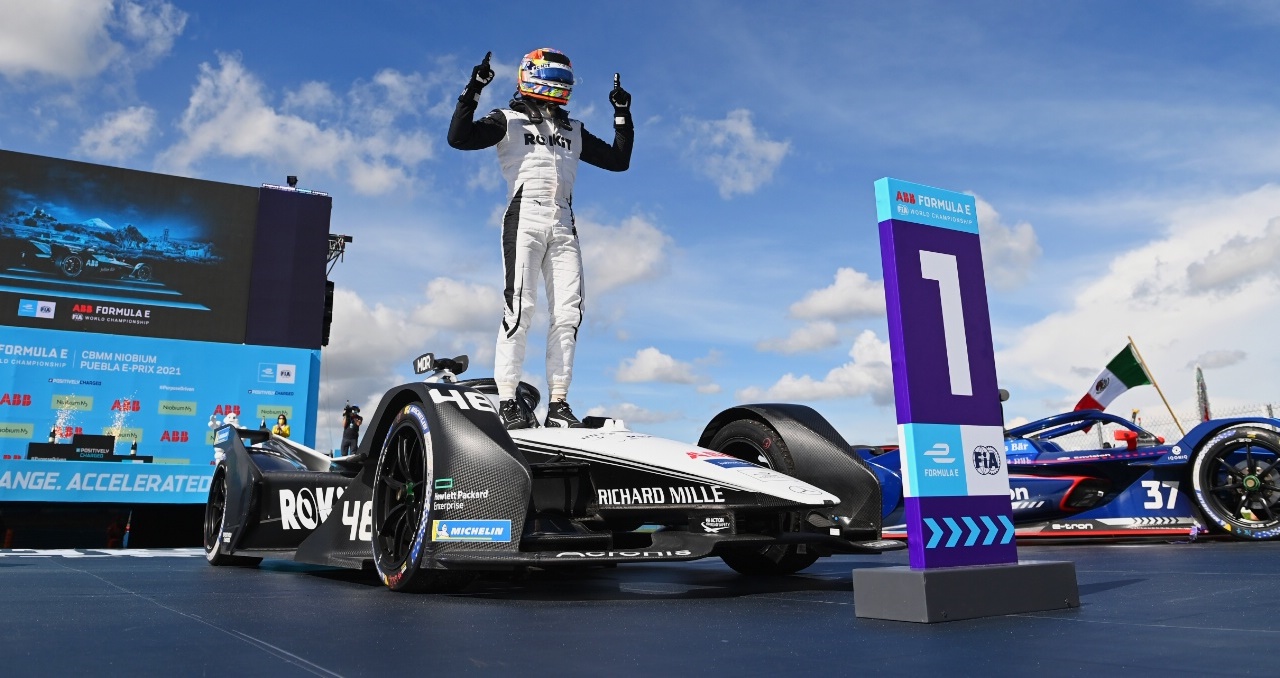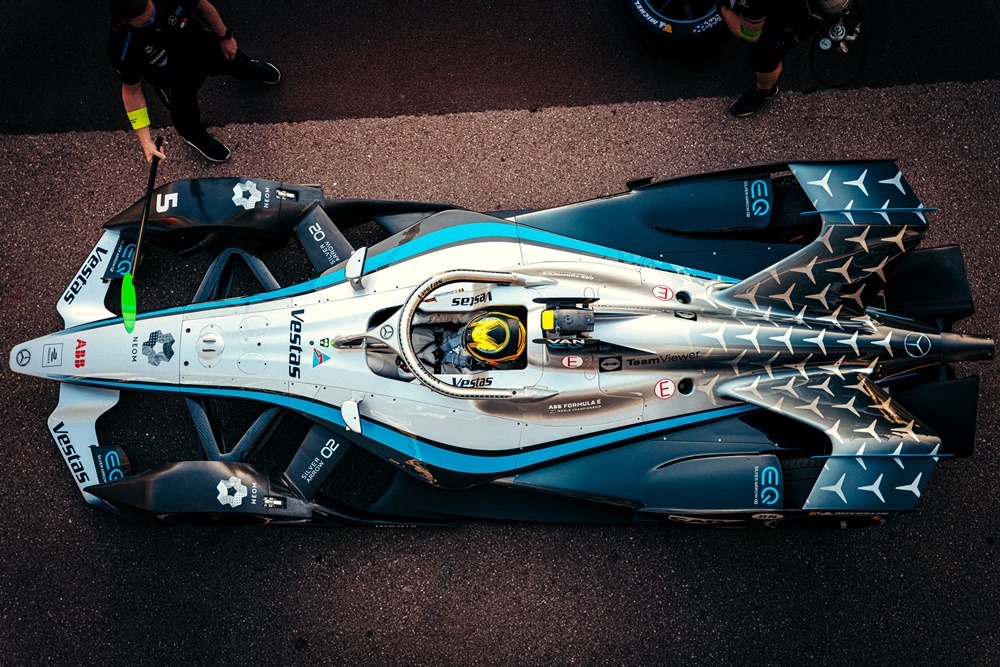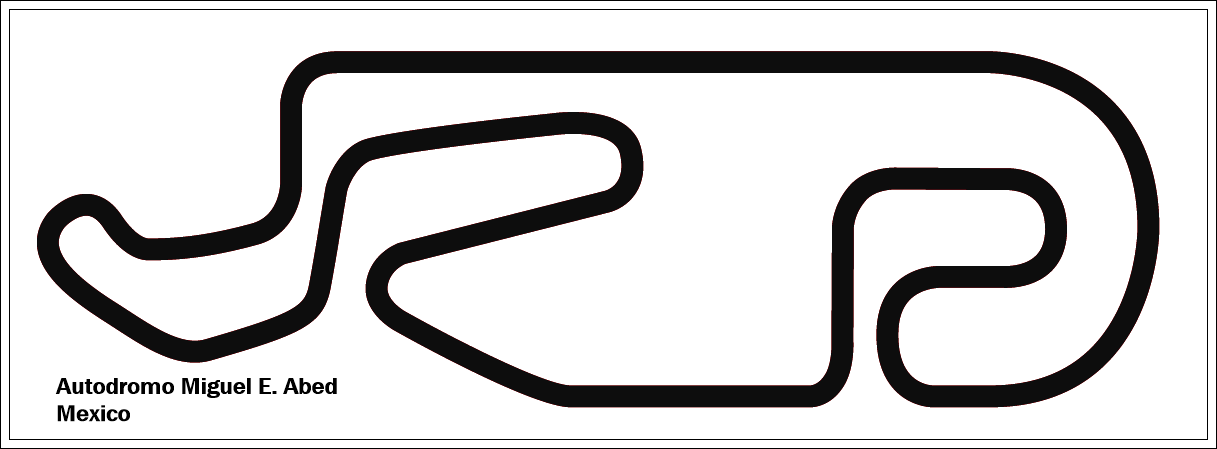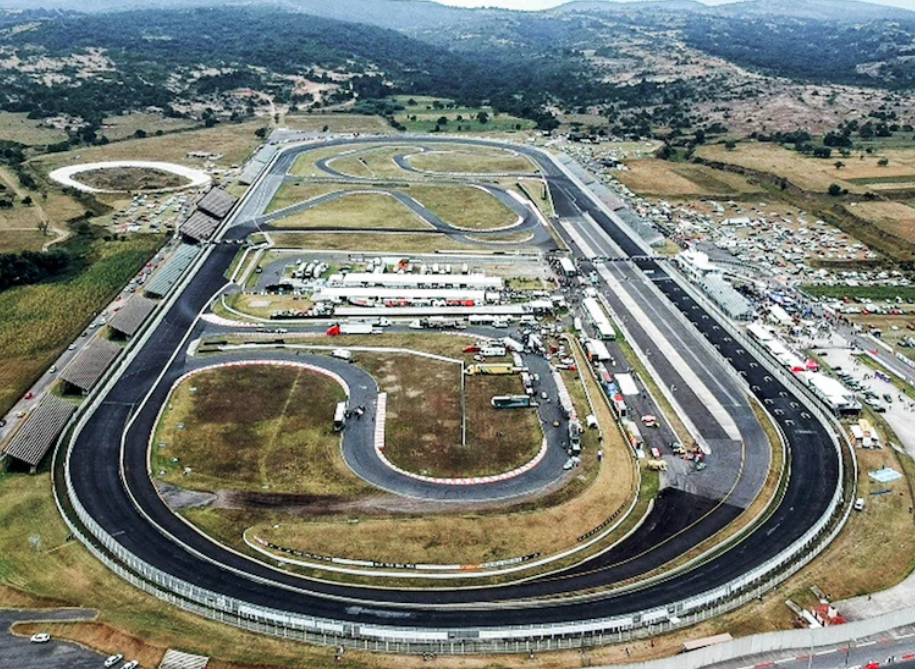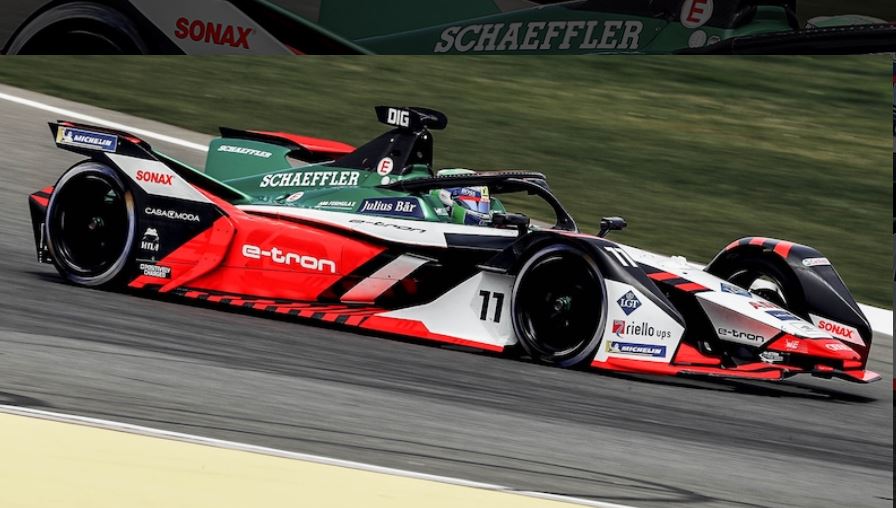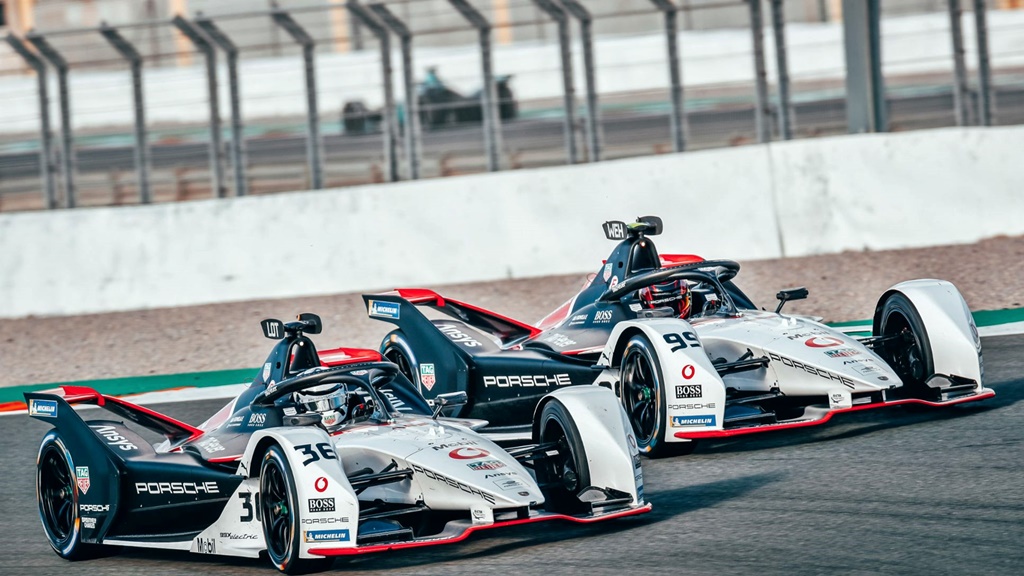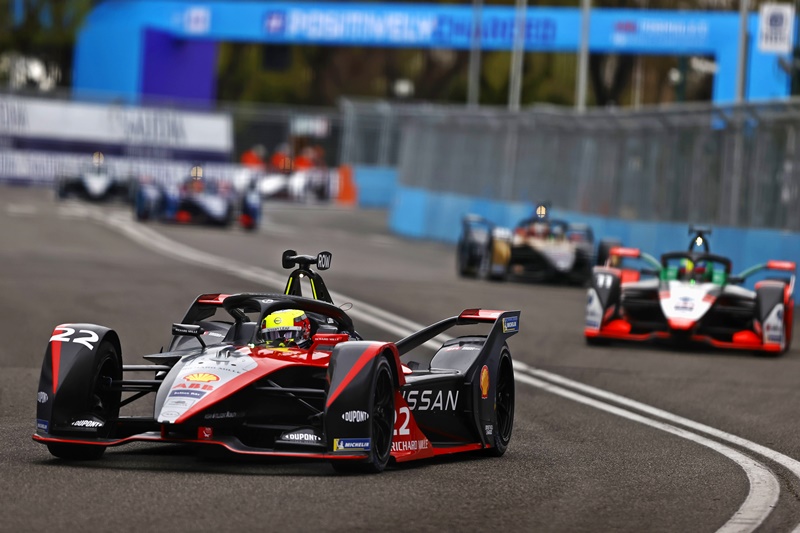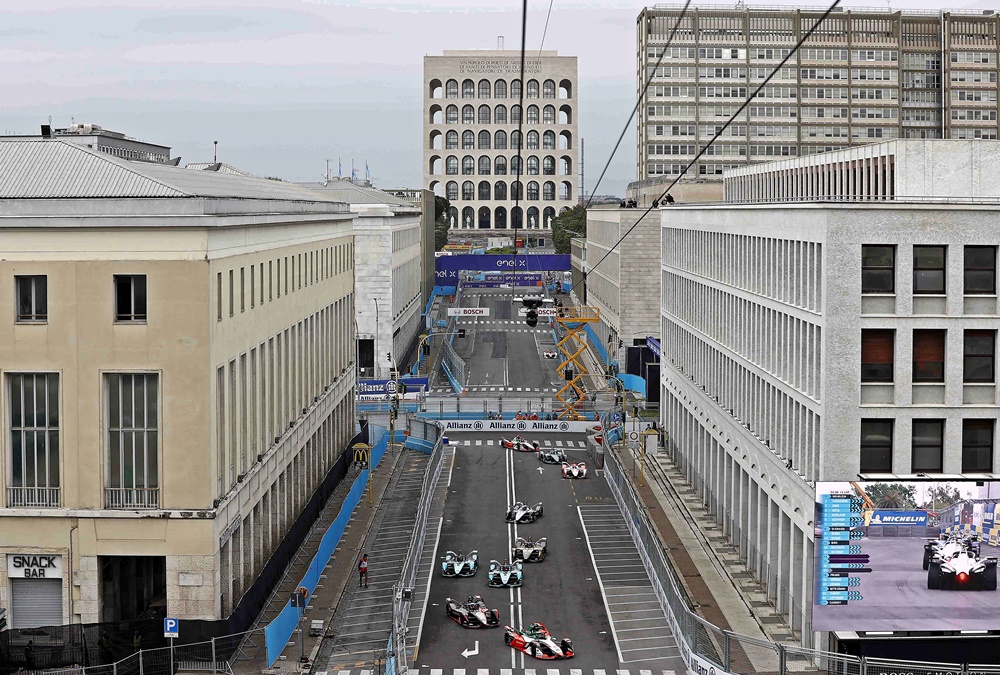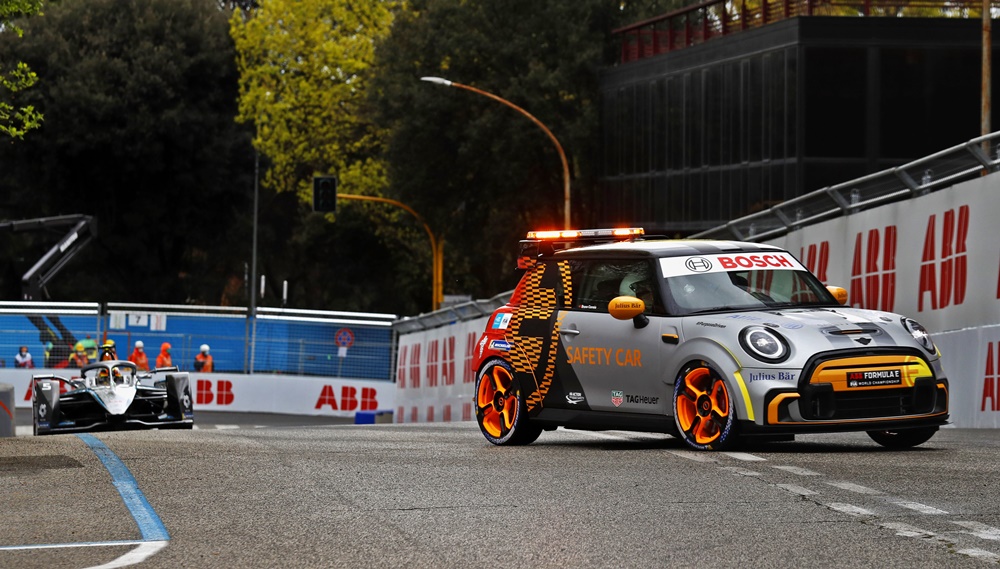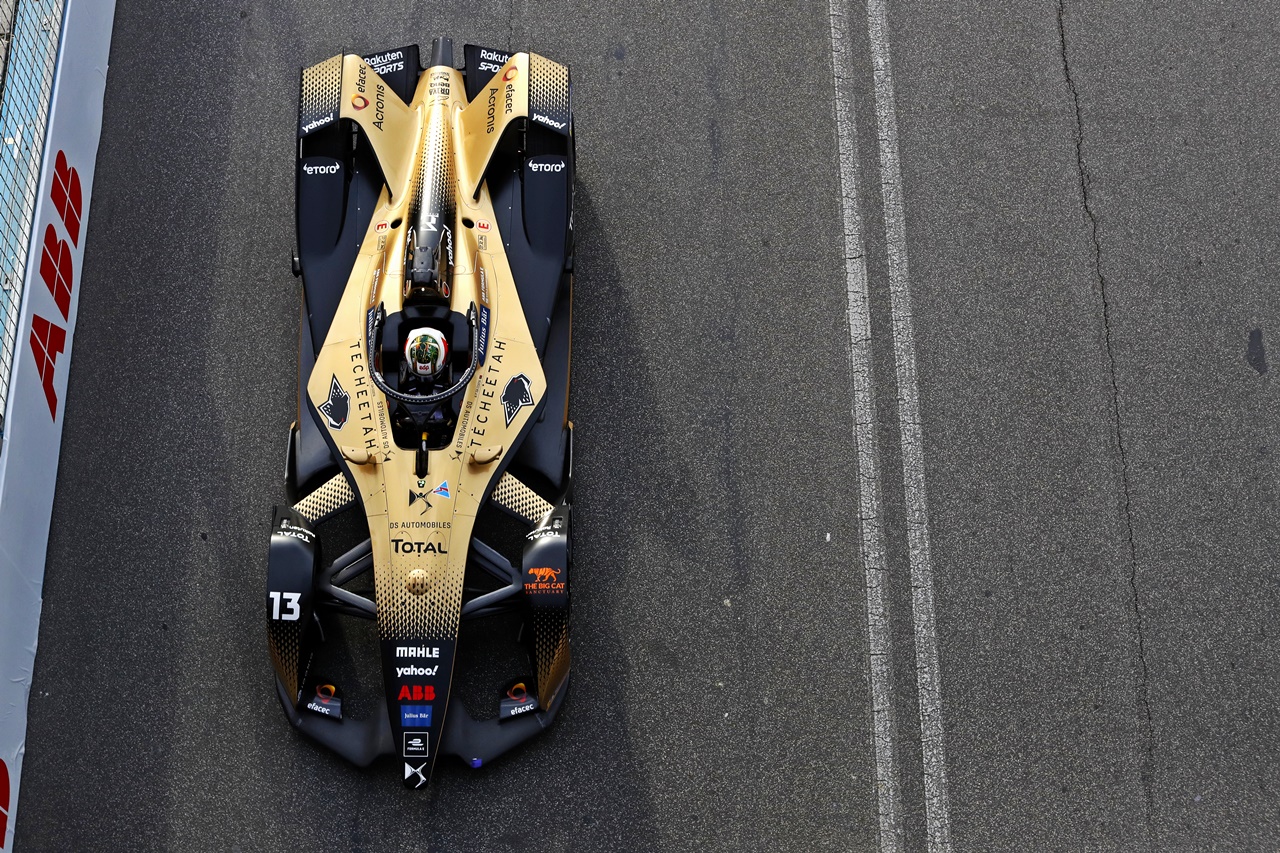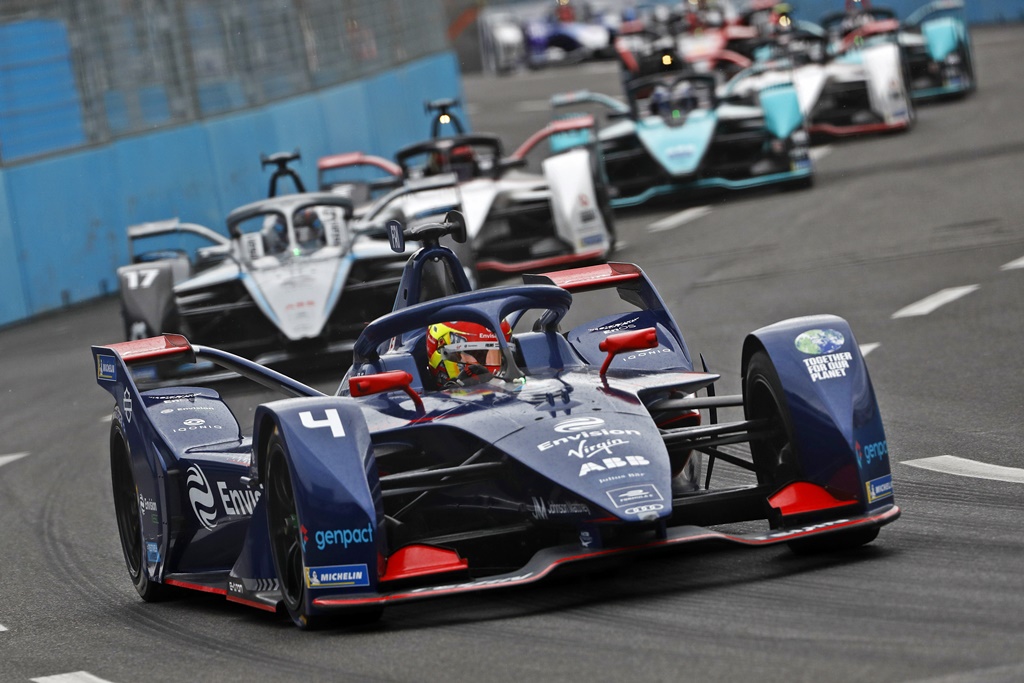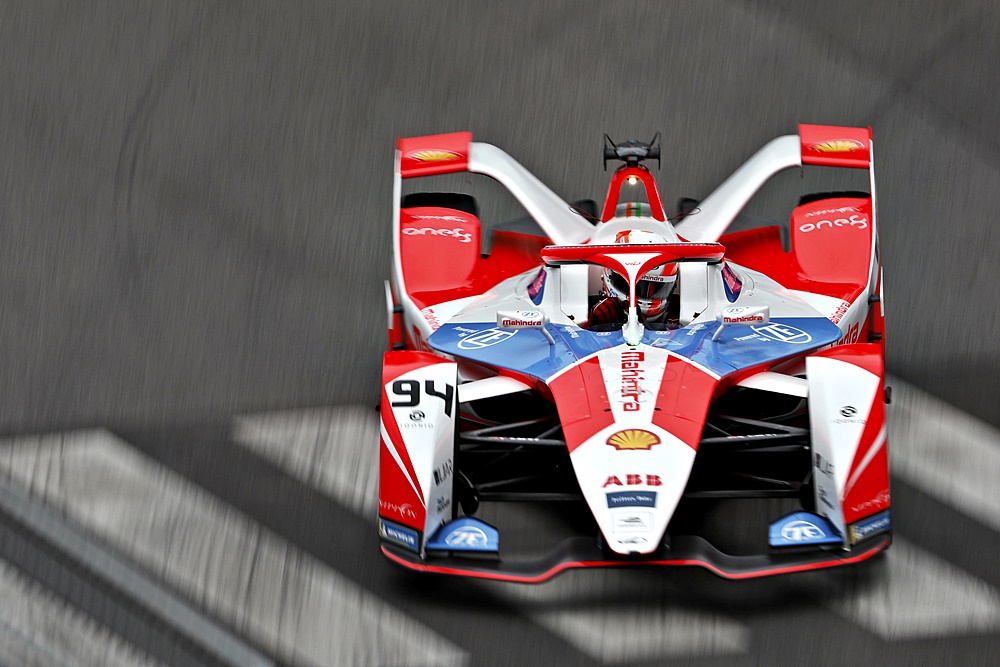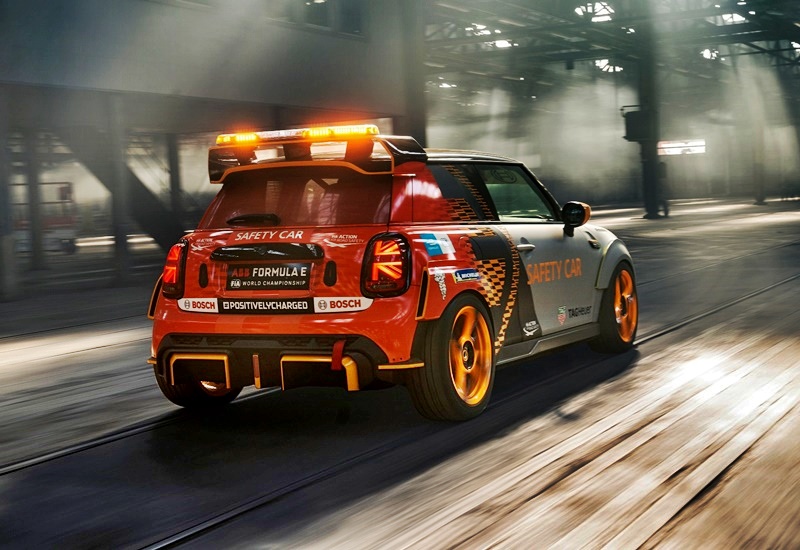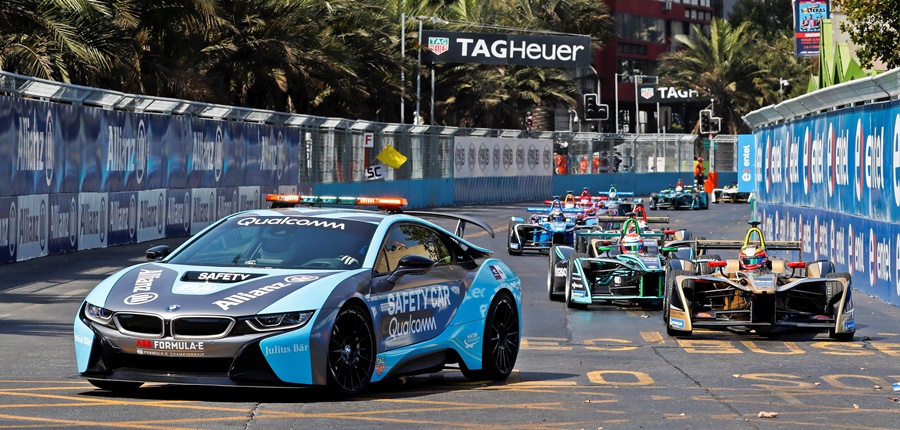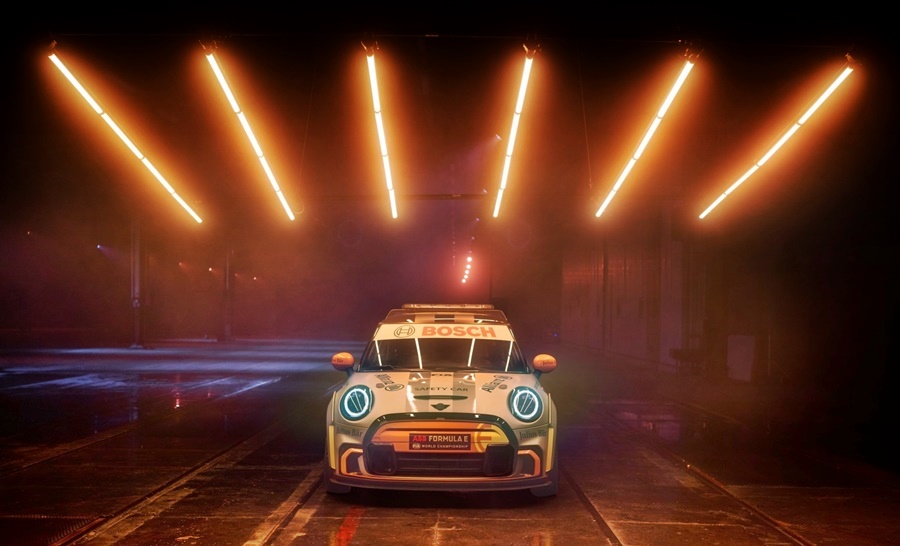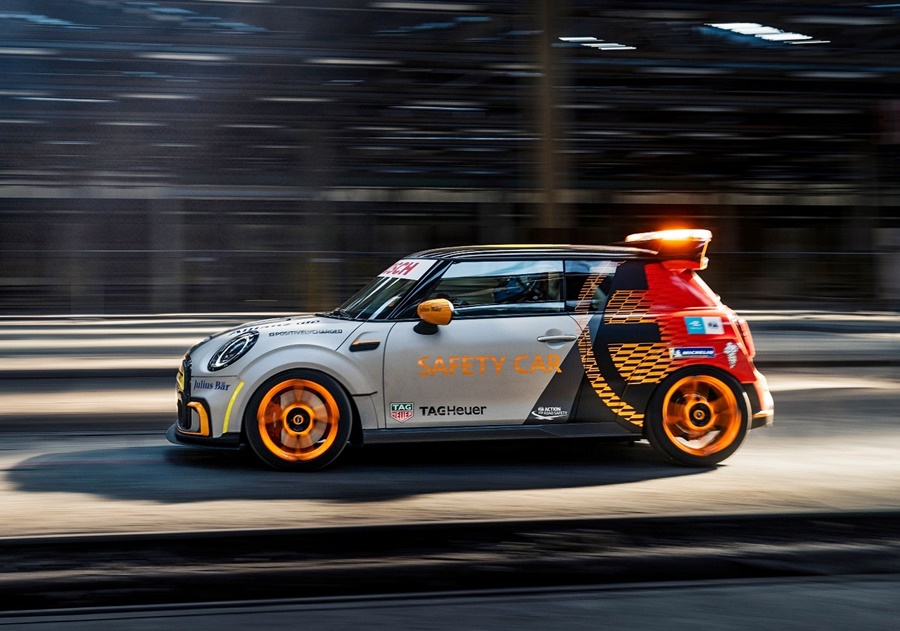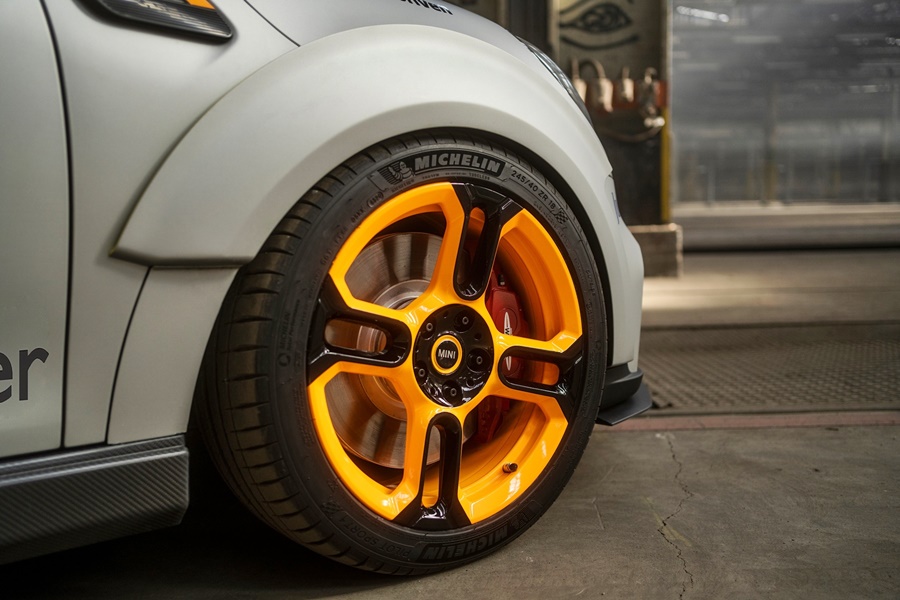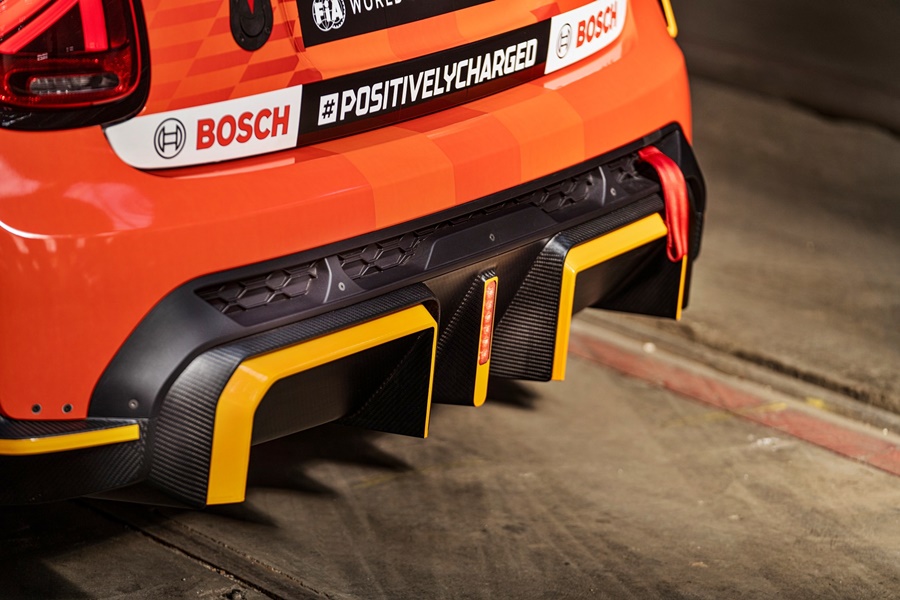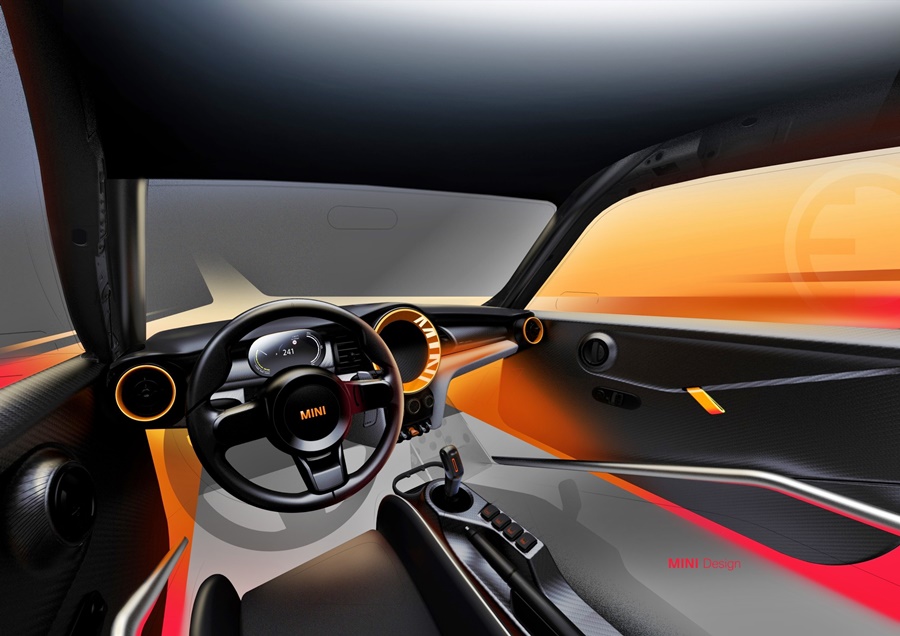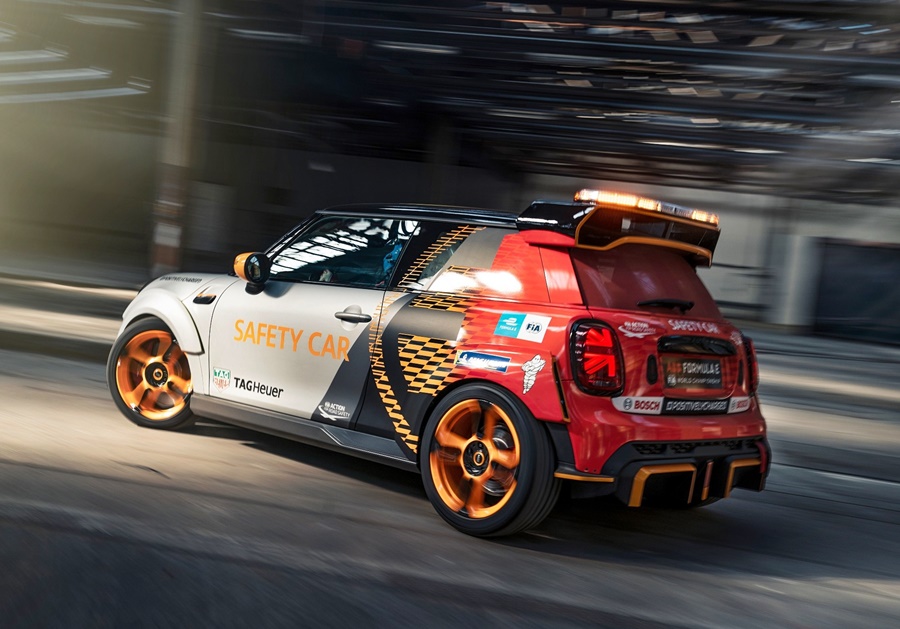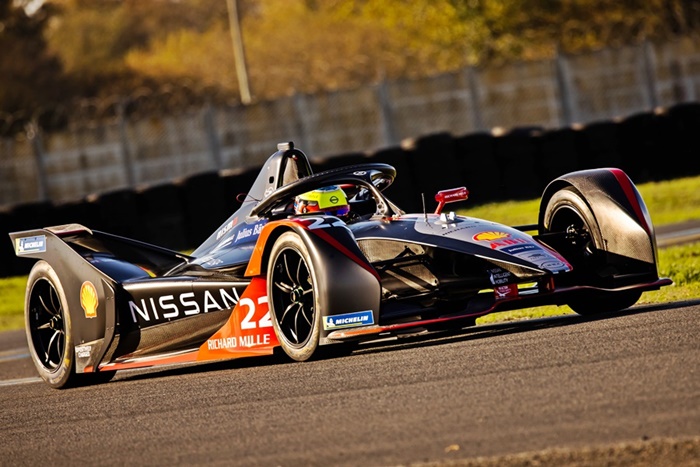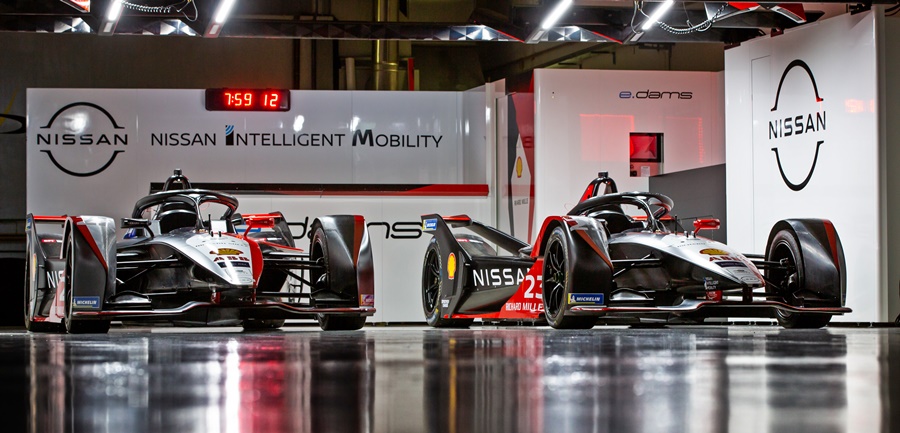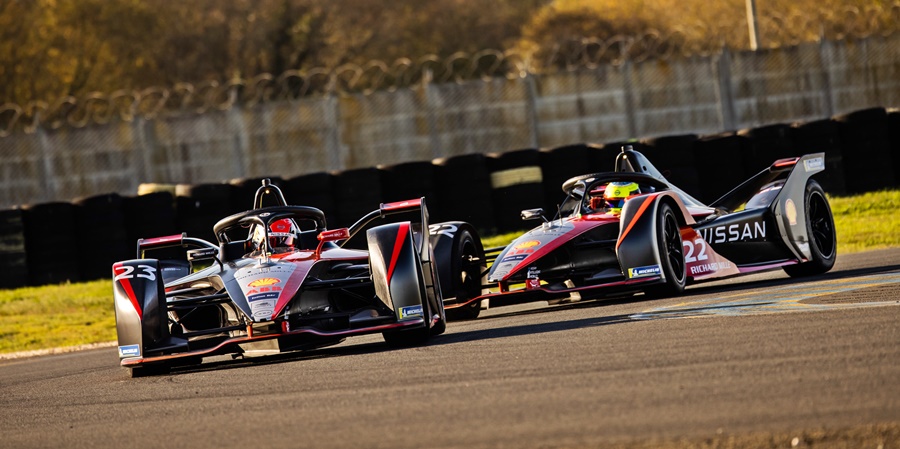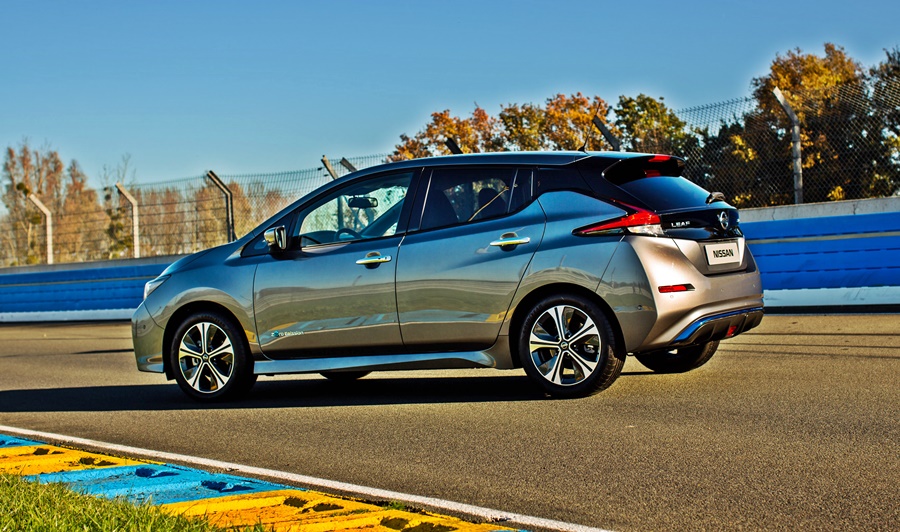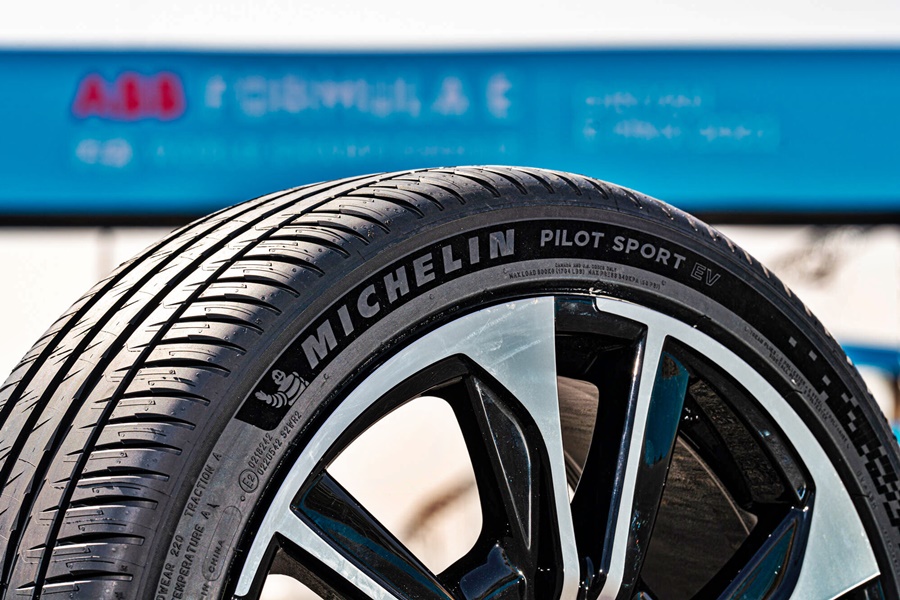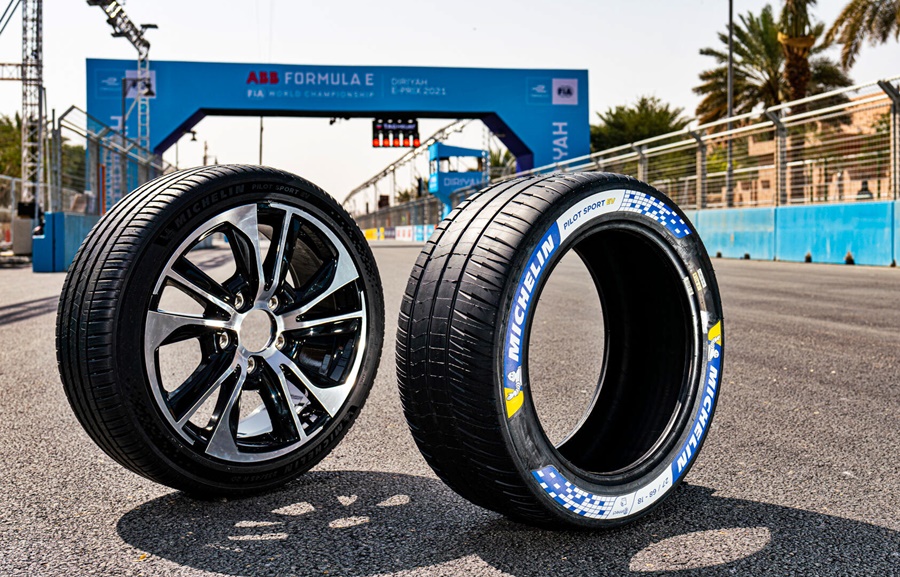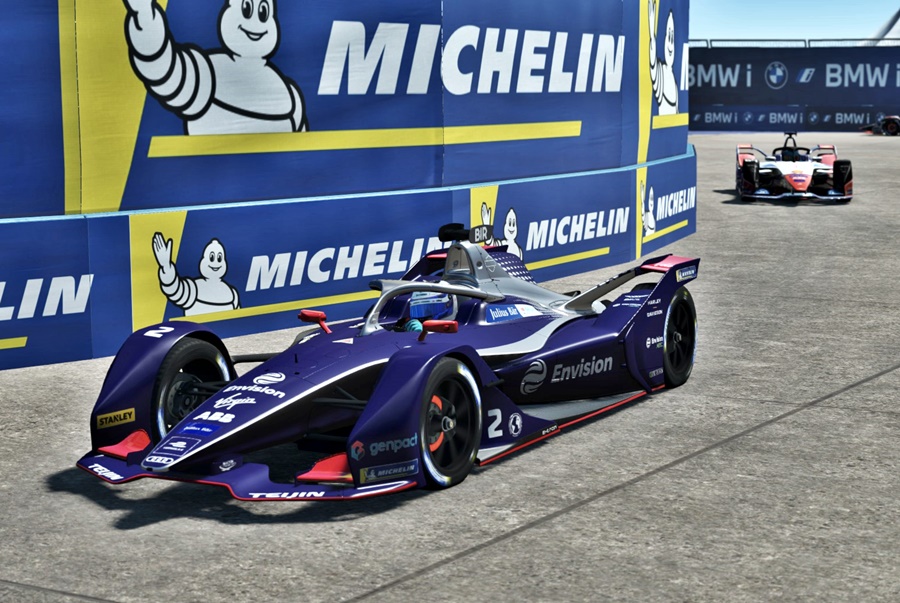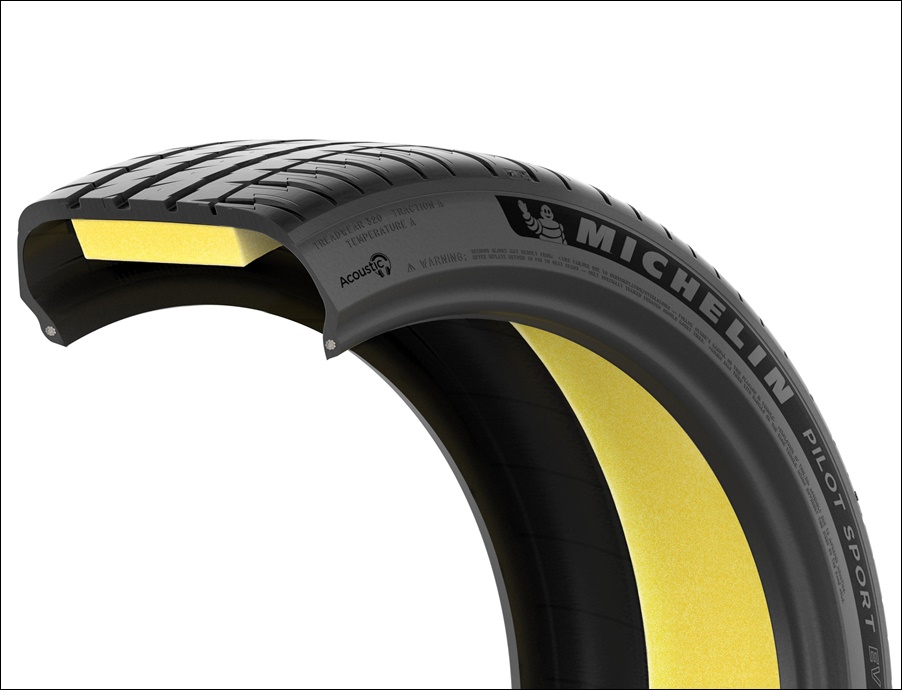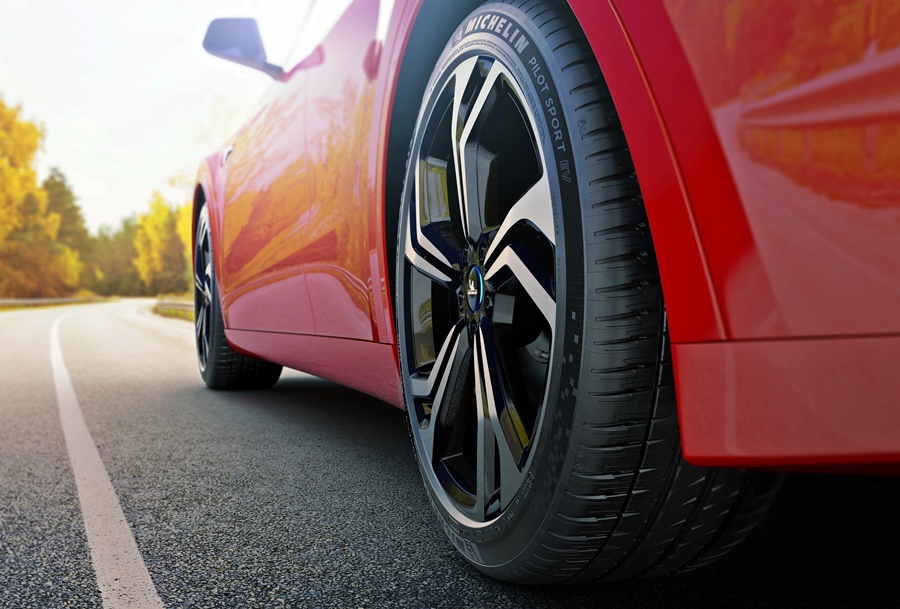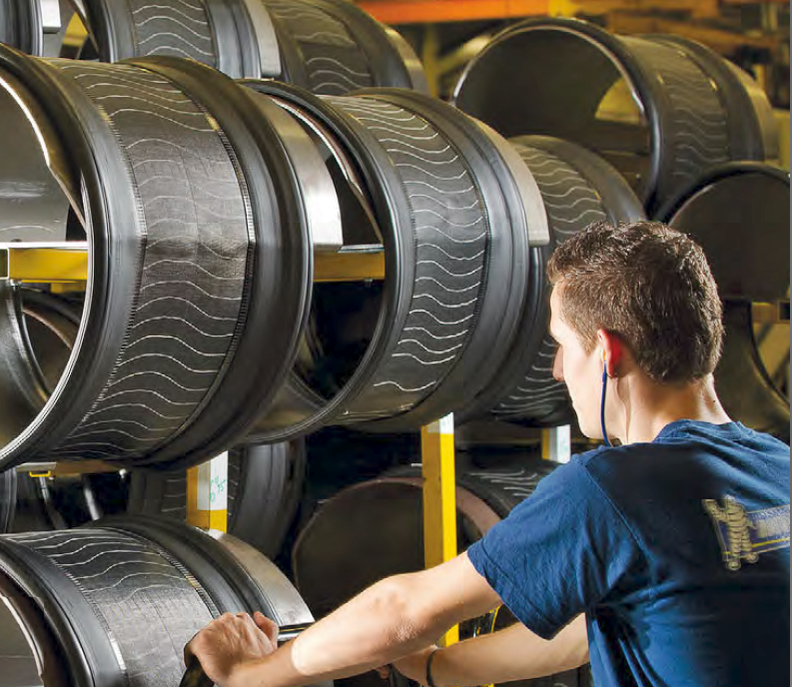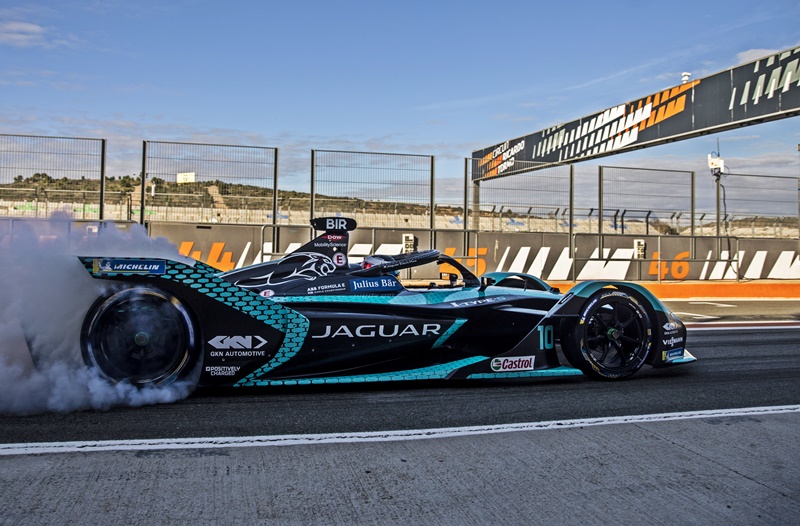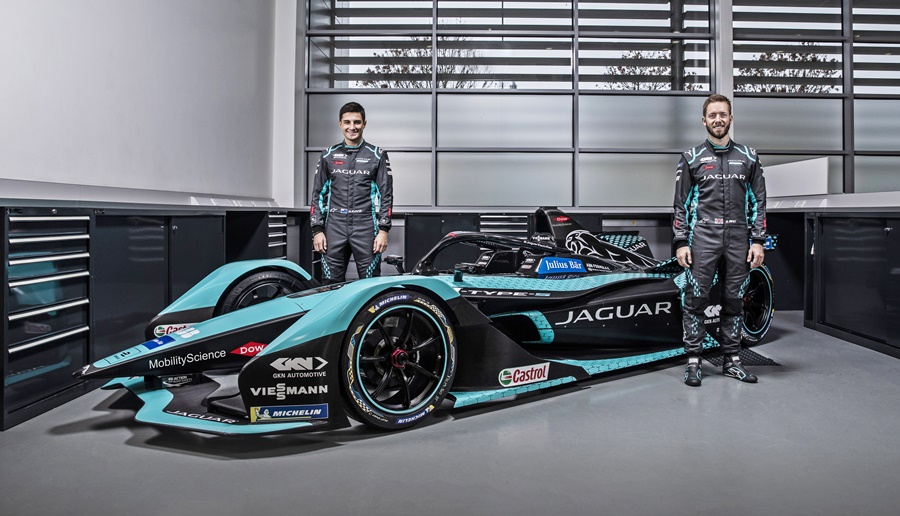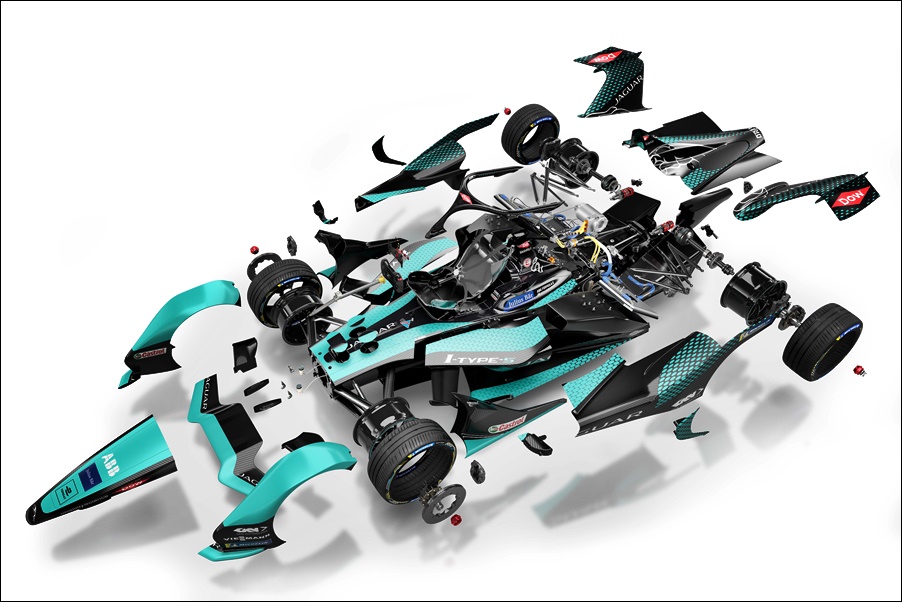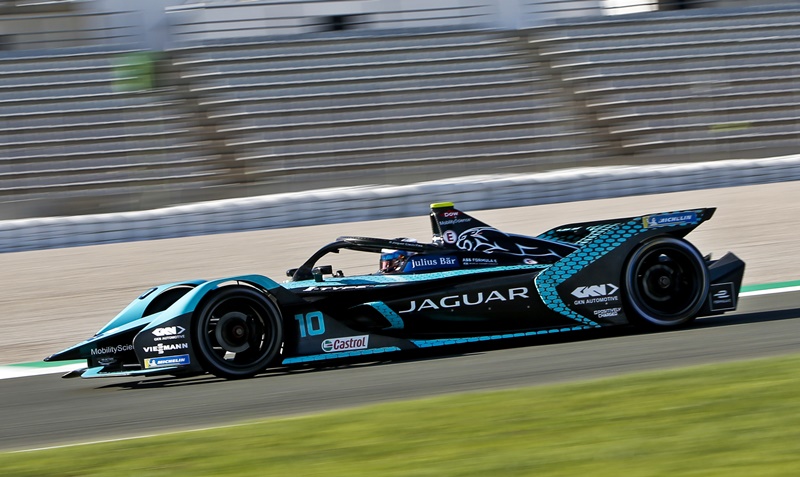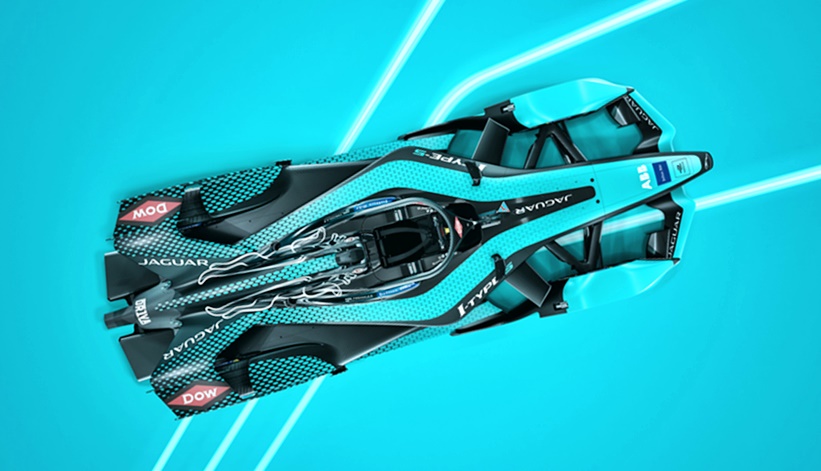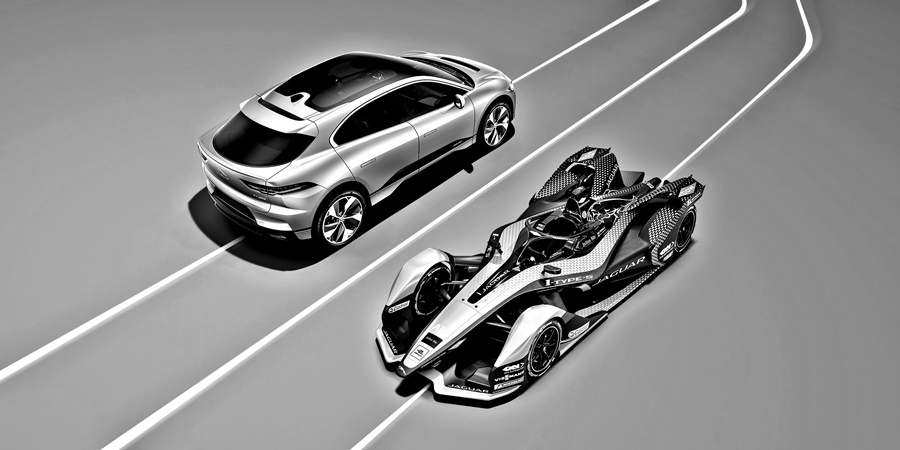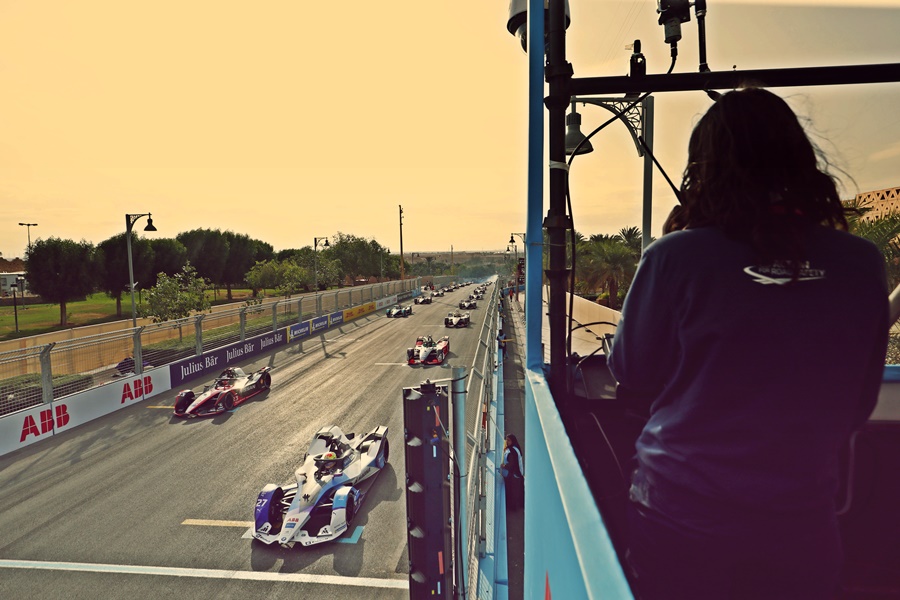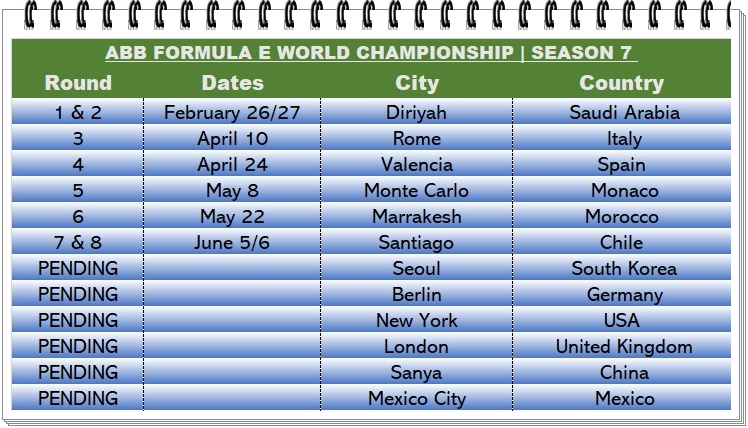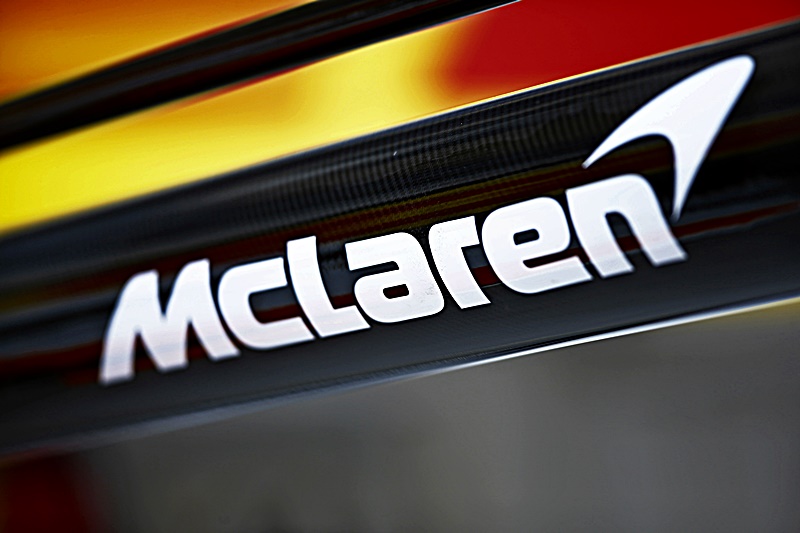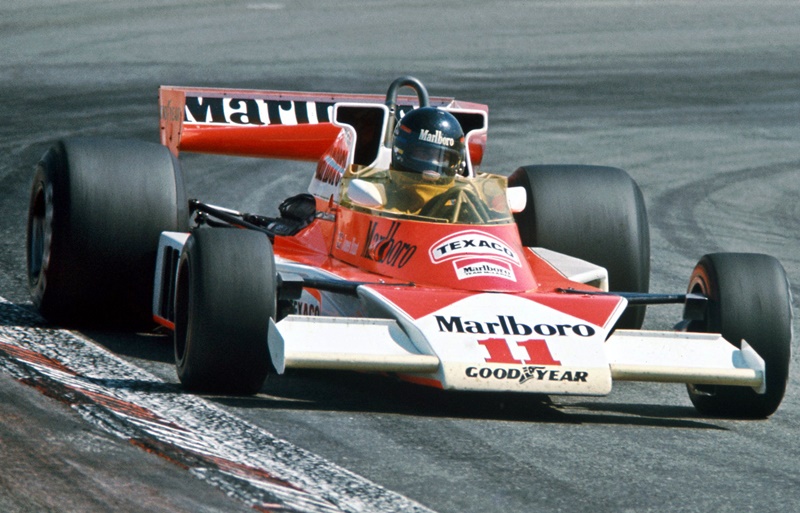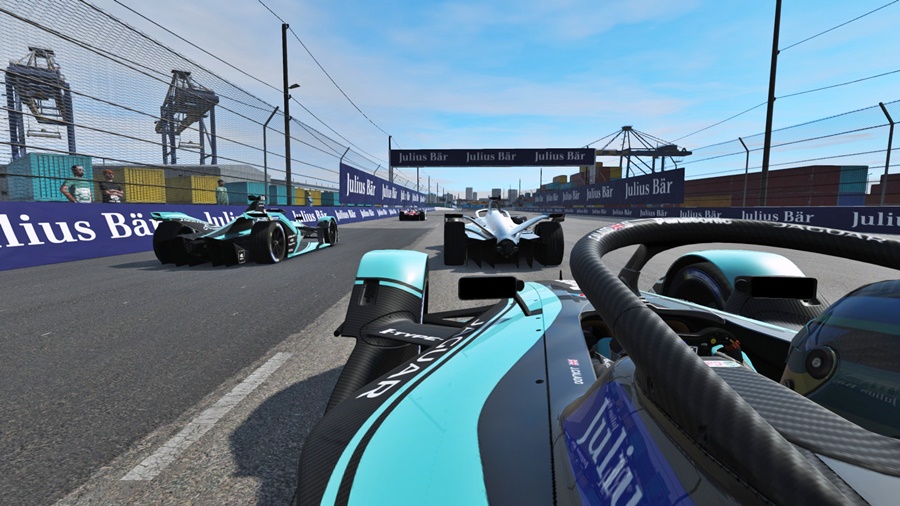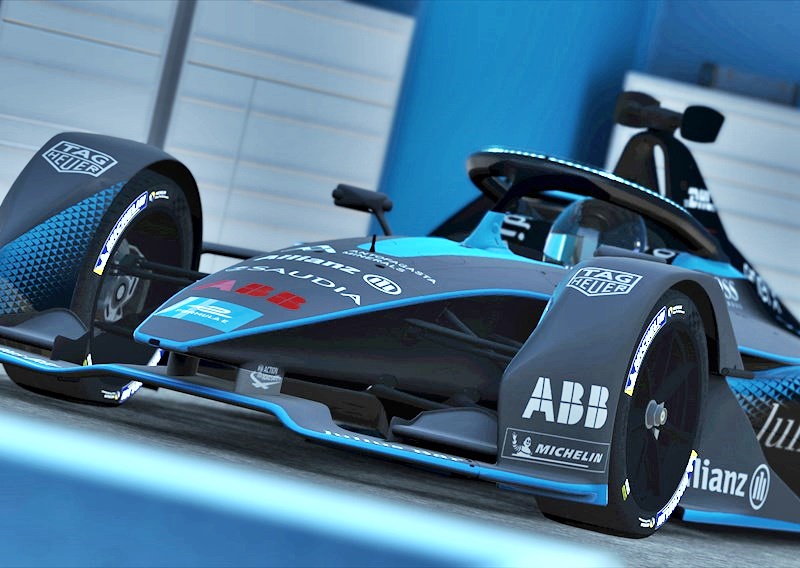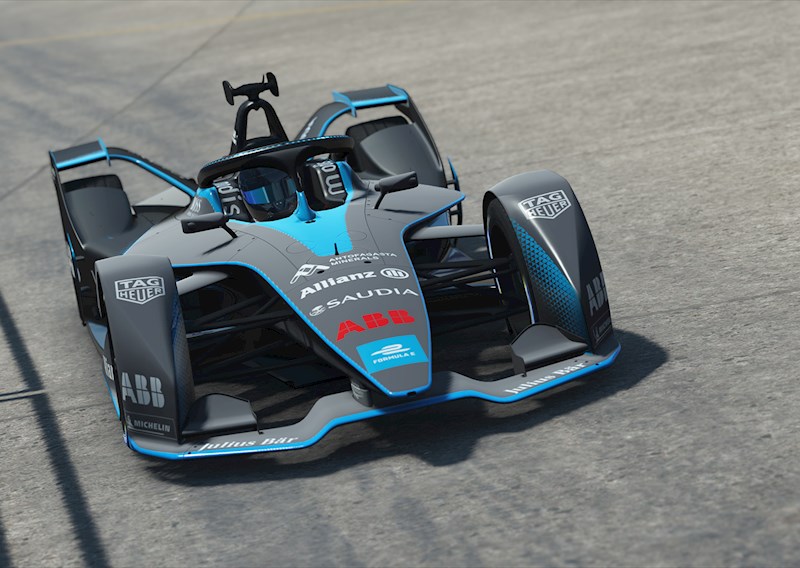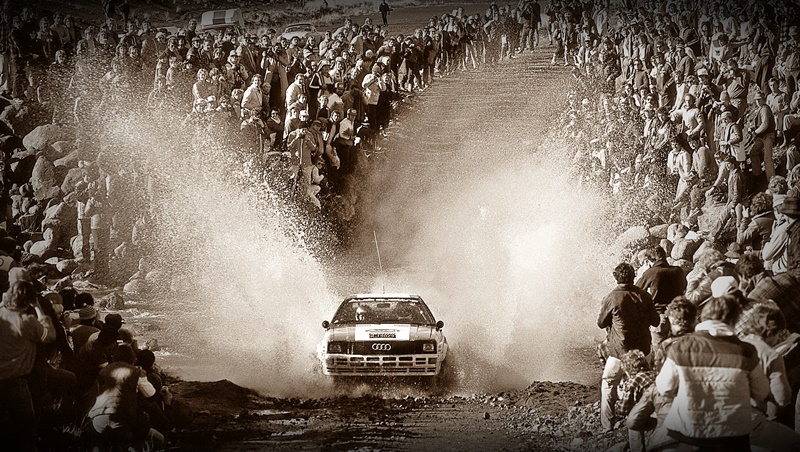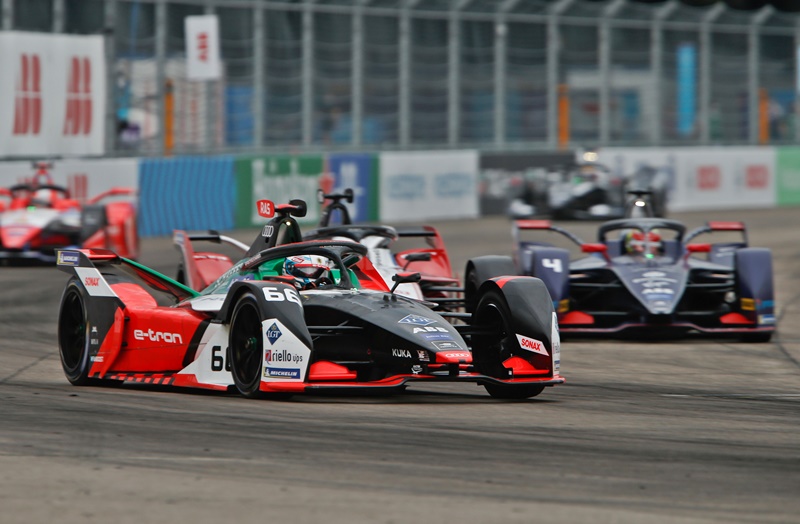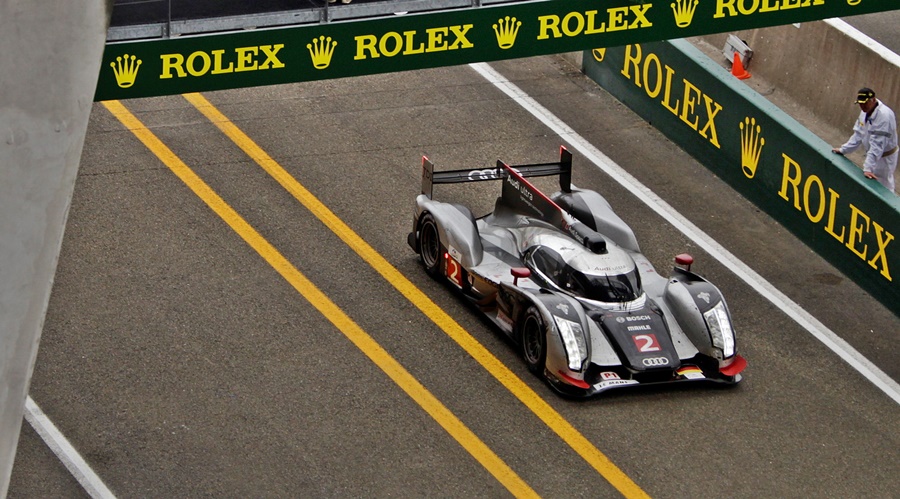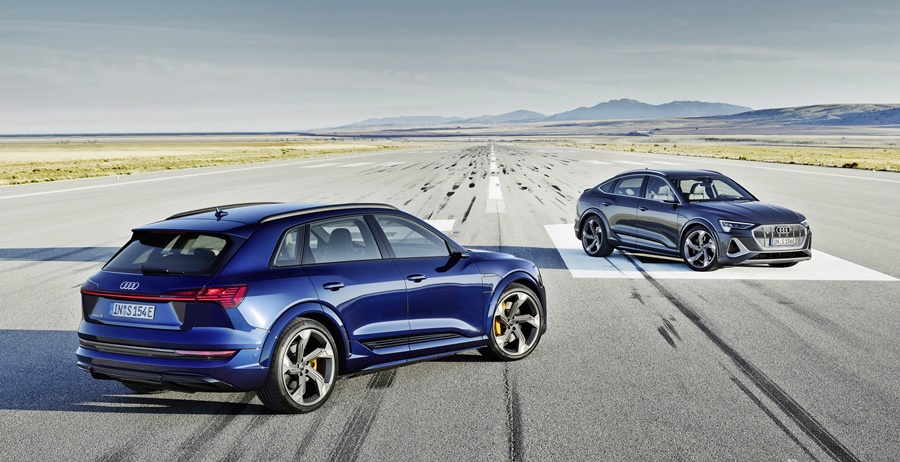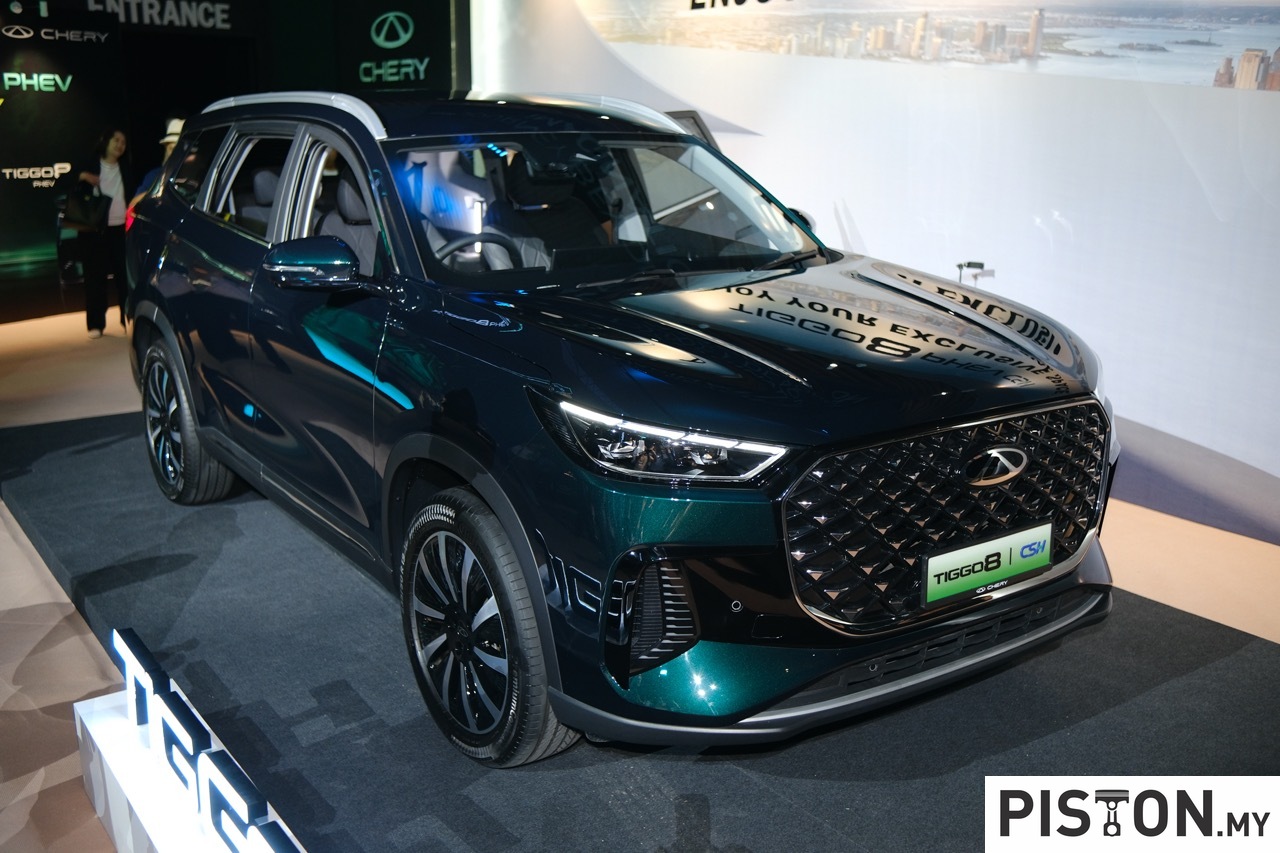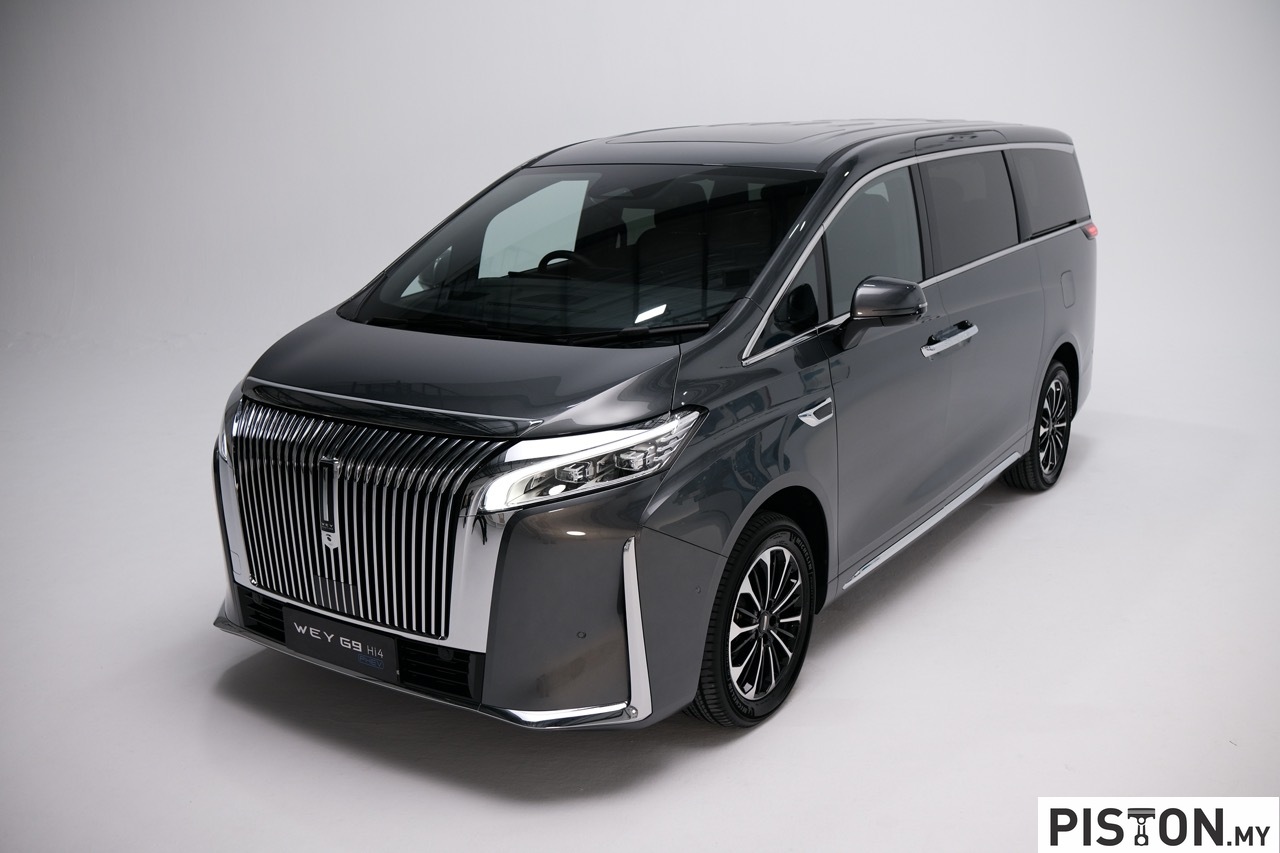With a new circuit in Mexico for the eighth and ninth rounds of the ABB FIA Formula E World Championship, the playing field was levelled a bit for all participants. Though it was the sixth time since the series’ inception that Mexico was a venue, the Autodromo Hermanos Rodriguez in the capital city was not used. This time, the Autodromo Miguel E. Abed in Puebla, about 100 kms from Mexico City, was used instead. The reason for this change of circuit is because parts of the Autodromo Hermanos Rodriguez are still being used as a hospital for COVID-19 patients during the current pandemic.
Coming out of the weekend, the happiest driver was Edoardo Mortara of ROKiT Venturi Racing who collected a win for the second time in his Formula E career. Mortara’s victory came after mastering the strategy with the challenging ATTACK MODE activation zone to control the race from the lead.
Mortara moves into the lead
The victory sees Mortara jump to the top of the Drivers’ standings from eighth in the table, the Swiss-Italian now sitting 10 points clear of Robin Frijns (Envision Virgin Racing). Pascal Wehrlein, who rebounded from the day before, took second position to boost TAG Heuer Porsche team’s standing in the championship.
The second round had started with Nissan’s Oliver Rowland making a strong start Nissan. While he sped ahead, Mortara out-braked Wehrlein around the outside, as Jake Dennis (BMW i Andretti Motorsport) duelled with Jean-Eric Vergne into the first bend.
Punching through the thin air (due to the high altitude of the location), Rowland gradually started to open up a gap, the Brit unfazed as he kicked up dirt after running slightly wide at the tricky Turn 7. Climbing up from 14th on the starting grid, Alexander Sims (Mahindra Racing) rounded out an action-packed second lap by running past both Sam Bird (Jaguar Racing) and Tom Blomqvist (NIO 333).
ATTACK MODE
As always, ATTACK MODE proved to play an important role in shaking up the lead group. Wehrlein dived to activate the first of his two power boosts and Rowland immediately followed the German. Tactically shadowing the Porsche driver’s moves to take his second and final ATTACK MODE in quick succession. With the ATTACK MODE zone open, Rowland took an early move to claim his extra 35kW of power on lap 4. The British driver immediately took advantage of the extra boost of speed to squeeze past Dennis into Turn 1.
Further down the field, there was drama on lap 8 as early season leader Nyck de Vries (Mercedes-EQ) had to crawl back to the pits with a tyre puncture following a collision with Lucas di Grassi. The Audi Sport ABT Schaeffler driver punting the rear left of the Dutchman’s Silver Arrow after immediately challenging on the exit of the ATTACK MODE activation zone.
Turn 7 saw a hard scrap between Sebastien Buemi and Bird running side-by-side into the right hander, with Di Grassi behind running out of room ploughing into the back of the Jaguar and forcing it into the side of Buemi’s Nissan.
Pascal Wehrlein’s missed chance
The battle for second started to get hot under the Mexican sun, with Wehrlein on a charge and right up to the rear diffuser of Rowland’s car. A mistake from the Nissan driver clipping the wall in the middle complex allowed Wehrlein to capitalise and move past Rowland. Clear of Rowland, Wehrlein set his sights on Mortara in the lead. The German driving with the bit between his teeth, lapping nearly a second quicker than the Swiss-Italian.
Rounding out a difficult weekend in Mexico after a DNF in Round 8, two-time champion and Rome race winner, Jean-Eric Vergne spun out of fifth position, losing two places in the process and then a few corners later Maximilian Guenther (BMW i Andretti Motorsport) picked off the Frenchman for seventh.
After a mistake running just slightly wide at Turn 7, Wehrlein handed a strong advantage to Mortara heading into the final laps with the Venturi driver making the most and picking up a gap on the German.
In a perfectly played 45 minutes plus one lap, Mortara crossed the line to take the second win of his Formula E career. After a strong drive Wehrlein rebounded from Round 8 to end second with rookie Cassidy rounding out the podium with a debut rostrum finish.
The result sees Mortara become the eighth different winner in 9 races and leave Mexico with a 10-point lead at the summit of the Drivers’ World Championship with Mercedes-EQ leading the Teams’ World Championship by 3 points. The next venue is in New York City and will also be a 2-round affair on July 10 and July 11.
MINI Electric Pacesetter inspired by JCW is the new Formula E Safety Car



